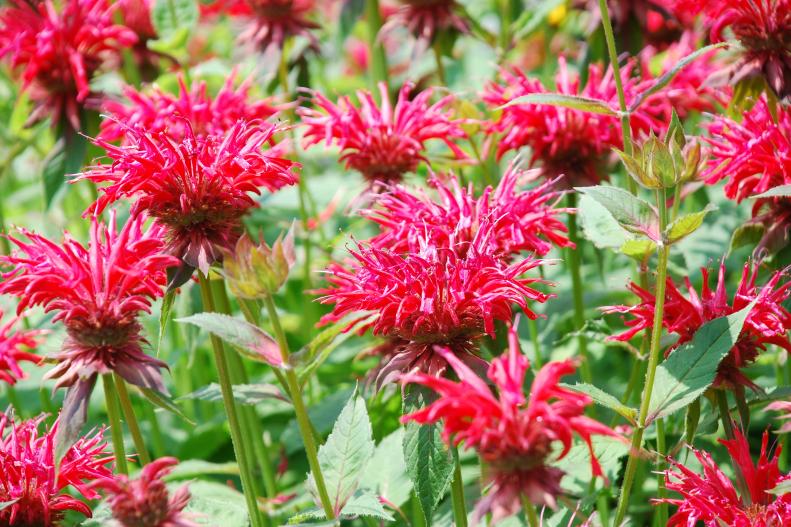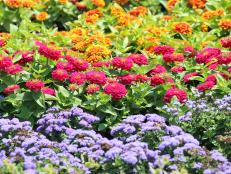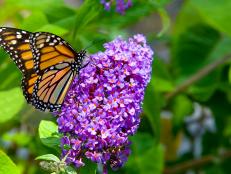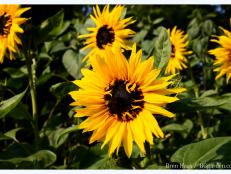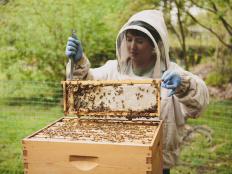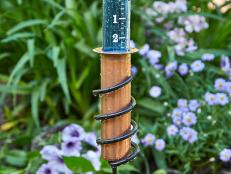1 / 25
Photo: Mark Ragland
Bee Balm
Monarda, commonly (and conveniently) called bee balm, is a striking perennial related to the mint family. Its flowers come in a variety of reds, pinks and purples that bloom in mid-summer to early fall.






